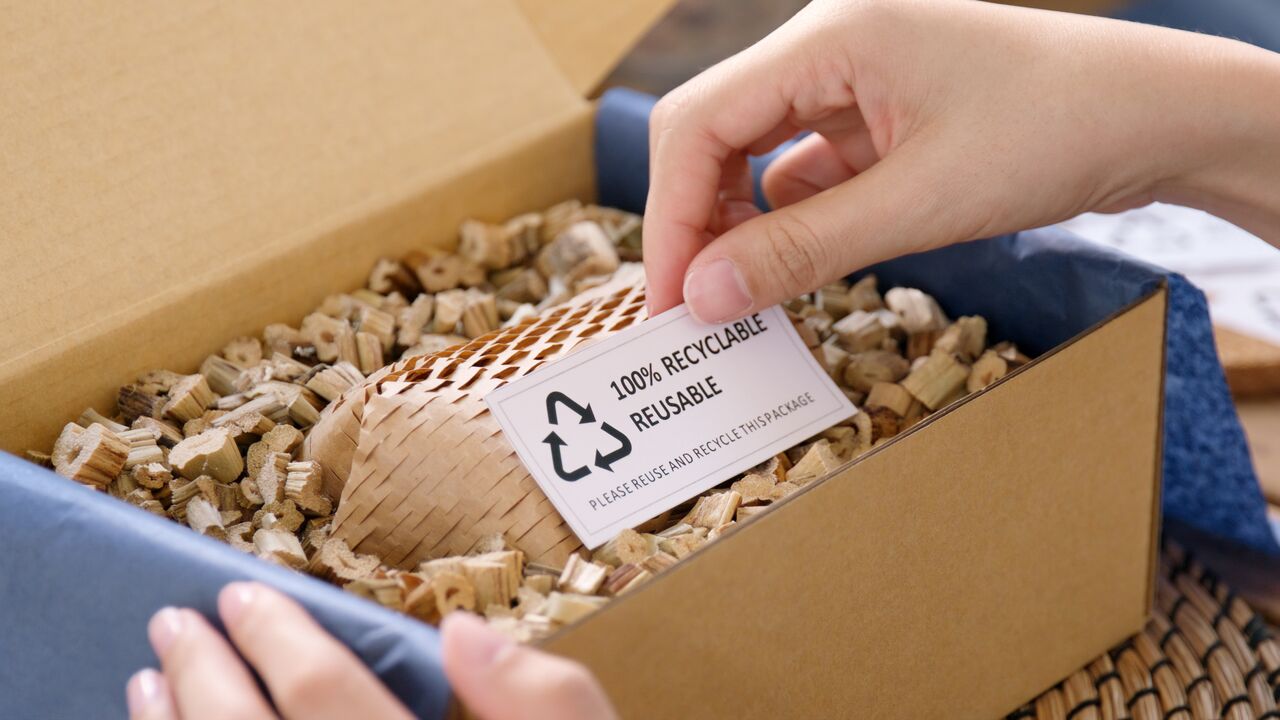What is the environmental impact of Tobacco Packing Boxes, and is it recyclable?

Tobacco packing boxes play a significant role in the distribution and storage of tobacco products. However, it is crucial to evaluate their environmental impact and assess their recyclability to make informed decisions about their sustainability. This article aims to explore the environmental impact of tobacco packing boxes and discuss their recyclability, considering both their material composition and potential recycling processes.
Material Composition of Tobacco Packing Boxes:

Tobacco packing boxes are typically made from a combination of materials, including paperboard, cardboard, and various coatings or laminations. The specific composition can vary among different brands and manufacturers. It is important to consider each component’s environmental impact individually to understand the overall sustainability of the packaging.
- Paperboard and Cardboard: The primary material used in tobacco packing boxes is paperboard or cardboard, which is generally derived from wood pulp. While paperboard is a renewable resource, the production process involves logging and processing of trees, which can contribute to deforestation and habitat destruction. Additionally, the bleaching process used to create a white or colored surface can introduce harmful chemicals into the environment if not properly managed.
- Coatings and Laminations: To enhance the aesthetics and functionality of tobacco packing boxes, manufacturers often apply coatings or laminations. These coatings can include plastic films, metallic finishes, or glossy varnishes. Unfortunately, these coatings can pose challenges for recycling due to their mixed material composition, which can be difficult to separate during the recycling process.
Environmental Impact of Tobacco Packing Boxes:
- Resource Consumption: The production of tobacco packing boxes requires significant amounts of natural resources, including water, energy, and raw materials. The extraction and processing of these resources can have detrimental environmental effects, including water pollution, energy consumption, and greenhouse gas emissions.
- Waste Generation: Tobacco packing boxes contribute to the overall waste stream, both during their production and after their use. Improper disposal of these boxes can lead to littering and environmental contamination. If not recycled or disposed of properly, they may end up in landfills, where they contribute to the release of greenhouse gases and take up valuable space.
- Deforestation and Biodiversity Loss: As mentioned earlier, the production of paperboard and cardboard for tobacco packing boxes can lead to deforestation. Deforestation not only diminishes the Earth’s capacity to absorb carbon dioxide but also results in the loss of habitats for numerous plant and animal species, leading to biodiversity loss.
- Pollution and Climate Change: The manufacturing processes involved in producing tobacco packing boxes can release pollutants into the air, water, and soil. Additionally, the energy consumption associated with their production contributes to greenhouse gas emissions, exacerbating climate change.
Recyclability of Tobacco Packing Boxes:

- Challenges: Recycling tobacco packing boxes can be challenging due to their complex composition. The presence of coatings, laminations, and adhesives can hinder the separation of materials during recycling. Furthermore, if the boxes have been contaminated with tobacco residue, additional processing steps may be required to ensure proper recycling.
- Recycling Processes: Despite the challenges, some recycling options exist for tobacco packing boxes. The first step is to check the local recycling guidelines to determine if they accept such packaging. In general, recycling facilities that accept paperboard or cardboard may also accept tobacco packing boxes. However, due to the coatings and laminations, these boxes may need to be sent to specialized recycling facilities equipped to handle mixed-material packaging.
- Sustainable Alternatives: Considering the environmental impact and recyclability challenges associated with tobacco packing boxes, exploring sustainable alternatives becomes crucial. Manufacturers can adopt packaging materials that have a lower environmental footprint, such as recycled paperboard or cardboard, bio-based materials, or compostable packaging. Additionally, minimizing the use of coatings and laminations can simplify the recycling process.
Conclusion:
Tobacco packing boxes have a notable environmental impact, primarily due to their material composition and associated manufacturing processes. While they can be recycled, challenges arise due to the presence of coatings and laminations, potentially hampering the recycling process. To mitigate their environmental impact, it is crucial for manufacturers to prioritize sustainable packaging alternatives, minimize resource consumption, and invest in research and development to improve recyclability. Furthermore, consumers can play a role by properly disposing of tobacco packing boxes in recycling bins and advocating for sustainable packaging practices within the tobacco industry. By collectively addressing these concerns, we can work towards reducing the environmental impact of tobacco packing boxes and fostering a more sustainable future.




Leave a Comment